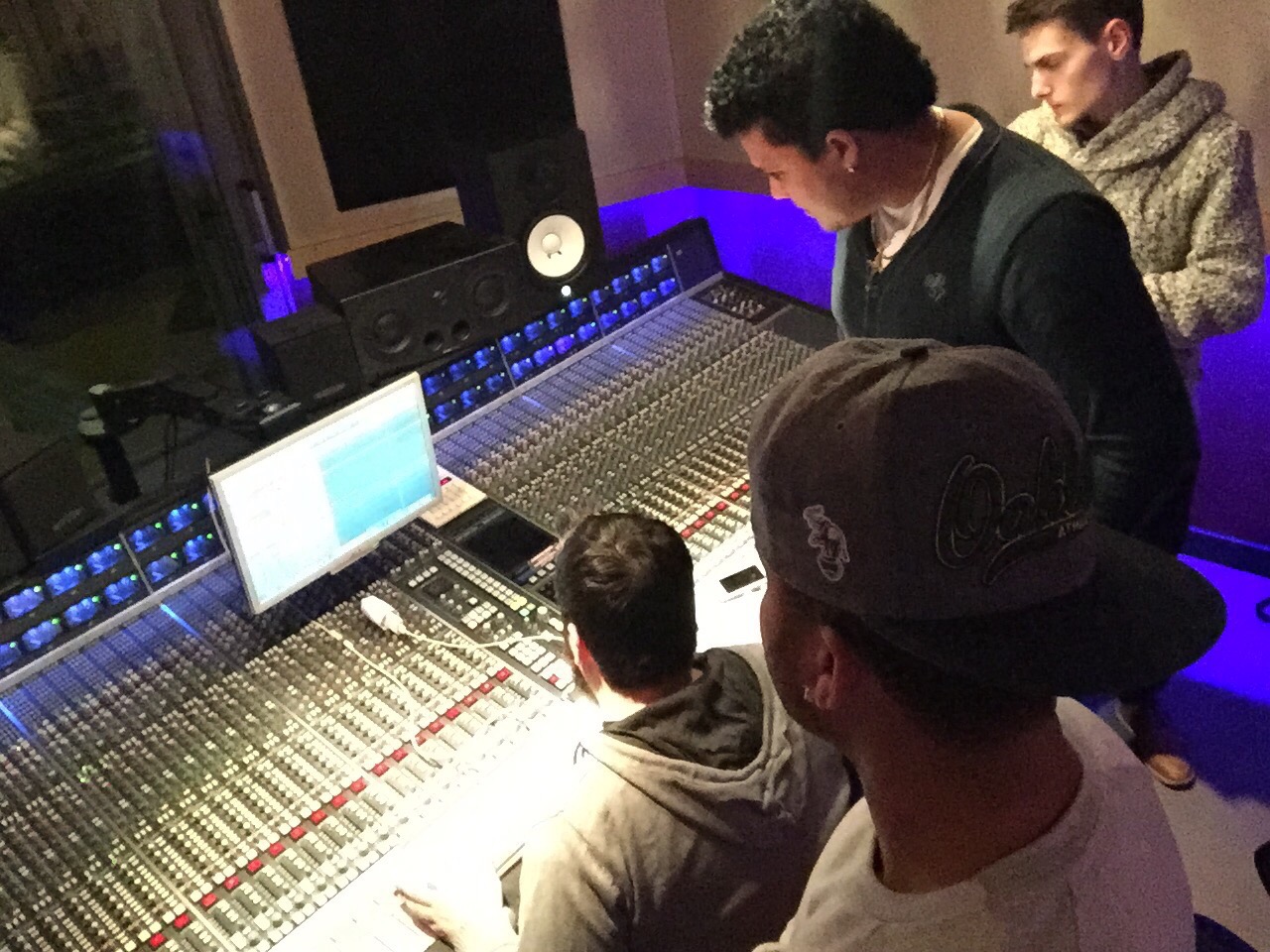How to Mix and Master Your Own Podcasts: A Comprehensive Guide
- Audio Mixing Mastering

- Aug 30, 2022
- 3 min read
Updated: Feb 11, 2023
Have you ever listened to a podcast and thought, “Man, this sounds so amateur.”? Many people feel the same way. If you are reading this blog post, chances are that you also have a great idea for a podcast. However, launching your own podcast and making it sound professional is not easy. But don’t be discouraged! It is totally possible with the right mix of equipment, software and knowledge. In this blog post we’re going to teach you how to mix and master your own podcasts like a pro. Even if recording and editing audio is not your forte, don’t worry! We’ll guide you step-by-step through the process from start to finish so that you can launch your own successful podcast in no time!

Step 1: Record and Edit Your Podcast
The first step in this guide to mixing and mastering podcasts is to record and edit your podcast. This is where the magic happens and where you can make or break your podcast. If you’re recording and editing sound is not up to par, no amount of fancy mixing or mastering will make it sound professional. If you’ve never done any recording before, don’t worry! It’s actually really easy. You’ll need a microphone and an audio interface to plug the microphone into your computer. If you’re on a super tight budget, simply use your computer’s built-in microphone and audio interface. However, if you want a better sound we recommend using a dedicated audio interface. You can get great ones for $60 or less.
Then, follow one of these easy guides to record your podcast:
- How to Record a Podcast
- The Beginner’s Guide
- How to Record a Podcast
- The Advanced Guide
Equipment You Need to Mix and Master Your Own Podcast
You’ve finished recording and editing your podcast and now the fun part begins! You can now start to mix and master your own podcast. Before you start, make sure you have the right equipment to mix and master your podcast properly. This can be a little pricey, but the investment will be worth it in the long run.
Here’s a list of the equipment you need to mix and master your own podcast:
- A computer with enough processing power to handle your audio software
- An audio interface
- Audio cables
- Headphones

Software You Need to Mix and Master Your Own Podcast
You’ve got your recording and editing equipment ready, and now you’re ready to mix and master your own podcast. Before you start mixing, you need to find the right software to do the job. Mixing and mastering audio is a very specialized task, and the best software for the job is professional audio editing software. The best audio editing software for mixing and mastering podcasts is either Adobe Audition (if you have a budget of over $50/month) or Reaper (if you have a budget under $200). Keep in mind that if you want to learn how to mix and master audio, you’re going to have to invest some time and effort into learning the software. Apart from mixing and mastering podcasts, professional audio editing software has thousands of other uses. You can use it to record podcasts, create music, compose music, record vocals and vocals, and more!
A Short Guide to Mixing Basics for Podcasts
Now that you’ve got your equipment ready and software installed, it’s time to mix and master your own podcast! Mixing refers to the process of combining all of the different audio elements of your podcast (like vocals and sound effects) together to create a coherent mix. Mastering, on the other hand, refers to the process of maximizing the quality of your podcast’s audio by applying compression, equalization, and limiting. These processes help to eliminate unwanted audio imperfections such as hissing and other background noises. For podcasts, it’s important to have clear audio. You want to eliminate as many background noises as possible. For this reason, it’s recommended that you record your podcast in a soundproof booth. If you don’t have access to a soundproof booth, use a pair of good studio headphones plugged into your audio interface. That way, you can cancel out most of the background noises while recording.
Conclusion
In this blog post, we’ve talked about how to mix and master your own podcasts like a pro. If you’ve ever thought about launching your own podcast, now is the time. Podcasting is a great way to reach out to your niche audience and build a community around your brand. However, if your podcast doesn’t sound professional, people will quickly lose interest. With the right equipment, software, and knowledge, you can mix and master your own podcast like a pro!




Comments